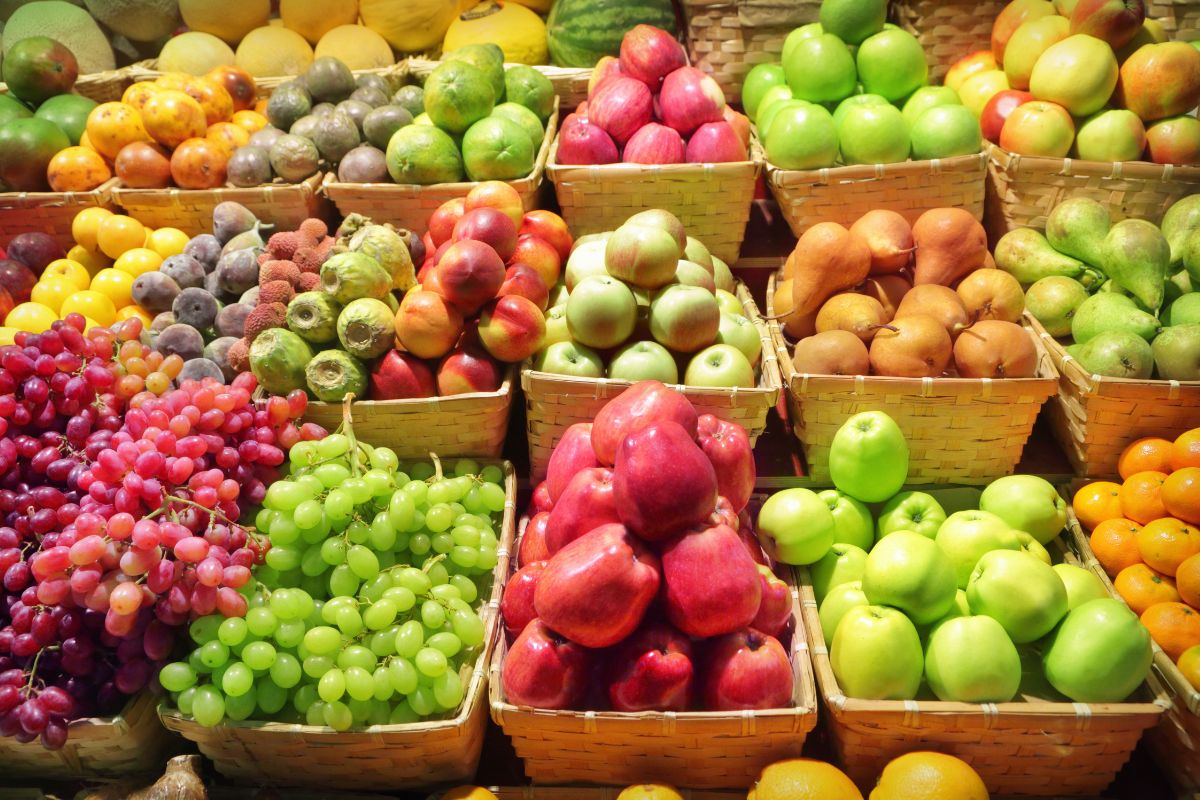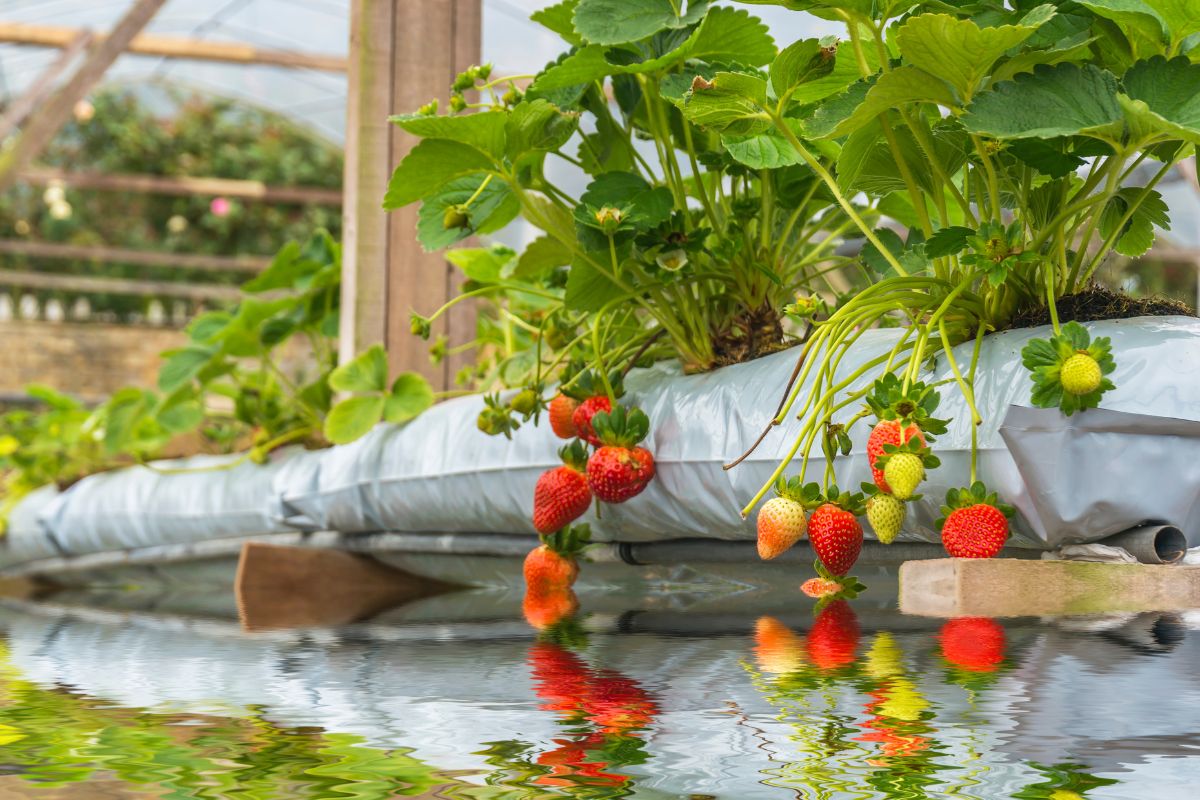Fruit that is grown in Japan can be sold at some shockingly high prices. While the quality of the fruit is not up for question, the reasons why it proves to be so expensive are worth exploring.

There are certain methods that go into the production of fruit and certain reasons that explain its prestige in the country.
Japanese culture plays a part as fruit has taken on an esteemed value through history that continues to this day.
In this post, we will look at fruit as a luxury product/gift, the cultural value of fruits, Japan’s agricultural nature, and how to combat the price of expensive fruit.
Fruit As A Luxury Product/Gift
You may consider fruit to be a snack or something to use as an ingredient in a dessert yet in Japan it is considered differently.
Fruit is considered more like a luxury product or a gift to give to someone with the aim of impressing them. If fruit was cheap then, chances are, few would be impressed yet it has almost a regal status.
With that in mind, the fruit must be a product of premium high-quality with no blemishes, an elegant appearance, and exquisite taste.
The Cultural Value Of Fruits
The background to the expensive price of fruit in Japan has a lot to do with the attached cultural value.
In historical terms, fruits such as tangerines and melons were treated as gifts from aristocratic warriors to military rulers (shoguns). These fruits were viewed as signs of appreciation, a deep respect, and, most importantly, loyalty.
Nowadays, there is an attention to detail with fruit production that goes beyond merely preferring quality to quantity.
Only the highest quality fruit should be sold which is why some of the production methods seem extraordinary.
For instance, there is the Oishii strawberry which does taste more impressive than regular strawberries. Part of the reason is down to how they are grown on a vertical farm which can make them difficult to harvest.
Going with this luxury status is a set of regulations that are withheld by the Japanese Agricultural Cooperative.
These set rules govern the taste, color, and size of the fruits that are bought as produce from farmers to be resold.
A lot of the fruit farms in Japan are run on a small-scale, typically by families, so the cultivation of fruit is more labor intensive. Fruit is not produced on a huge scale so there is a huge sense of pride that goes into the production.
Japan’s Agricultural Nature
Japan can be considered as a densely populated country in parts which has an impact on the cost of fruit.
Both the farmland and labor force are limited as around 80% of the country is mountainous so there is more of a focused effort on producing the best-quality produce.
For fruit, that means a special environment for their nurturing and some expert tender loving care. Some fruits, such as Sekai Ichi apples are awarded personalized care delivered by the farmers for hand-pollination and contact checking.
What may bring the price of fruit down in Japan is the use of robotics. Even the farming industry is turning to modern solutions and one of them is technology to ensure perfect yields of fruits.
The cultivation of the crown melons of Shizuoka is a prime example.
Not only are the melons grown in a greenhouse with strict temperature controls but only a single melon is grown on each vine. Each melon wears a plastic hat to prevent sun damage which is another measure.
These melons are then polished and massaged to guarantee the perfect shape while scans are performed for sugar content.

How To Combat The Price Of Expensive Fruit
There is one solution to combating the price of expensive fruit and that is to grow your own. Many Japanese citizens have become accustomed to planting small fruits that are specific to their region.
That brings into consideration the planting spot, climate, and soil to ensure that the fruits go just as you would expect. Though this does require some hard work, it can be ultimately rewarding.
Final Thoughts
Once you consider the prestige that fruit is held in Japan, you can perceive it closer to jewelry.
The prices certainly draw up comparisons as a bunch of shine muscat grapes can cost ¥5,000 so each one should be delectable. Then there are gold lined boxes of peaches for ¥3,000 or musk melons that cost ¥20,000.
These prices are down to the historic status of fruit being considered a luxury product and a gift along with the cultural value that is attached to it.
The price of fruit in Japan has a lot to do with how far the growers will go to cultivate it properly. Fruit is grown one to a vine and excess fruit is stripped away so only best survive and thrive.
Such techniques inevitably add up to the value and cost of fruit. Some fruits are also incredibly rare so are auctioned off while the novelty shaped fruit market is growing.
Frequently Asked Questions
Which Are The Best Places To Buy Reasonably Priced Fruit In Japan?
You can still find relatively cheap fruit in Japan, even in a major city like Tokyo. Head to the rural regions where fruit is more locally grown and look out for the local varieties.
Check that they are in season too which means persimmons, grapes, and figs in autumn. During winter, you can expect to find cheaper apples and mandarins with strawberries and amanatsu in spring while anzu is grown in summer.
Why Is Fresh Food In General So Expensive In Japan?
There is an aspect of Japanese law that has a role to play in the cost of fresh food. The legislation stipulates that all farmland has to be worked directly by the owners.
While this law does make Japan an increasingly equitable society, its agriculture does become less efficient. This also drives up the price of fresh food in general.
- 16 Best Websites To Watch Japanese Movies With English Subtitles - May 11, 2023
- Is ZIPAIR The Best Airline For Traveling To Japan? - May 11, 2023
- Ryu Murakami Vs Haruki Murakami – Which One Should You Read? - May 11, 2023








